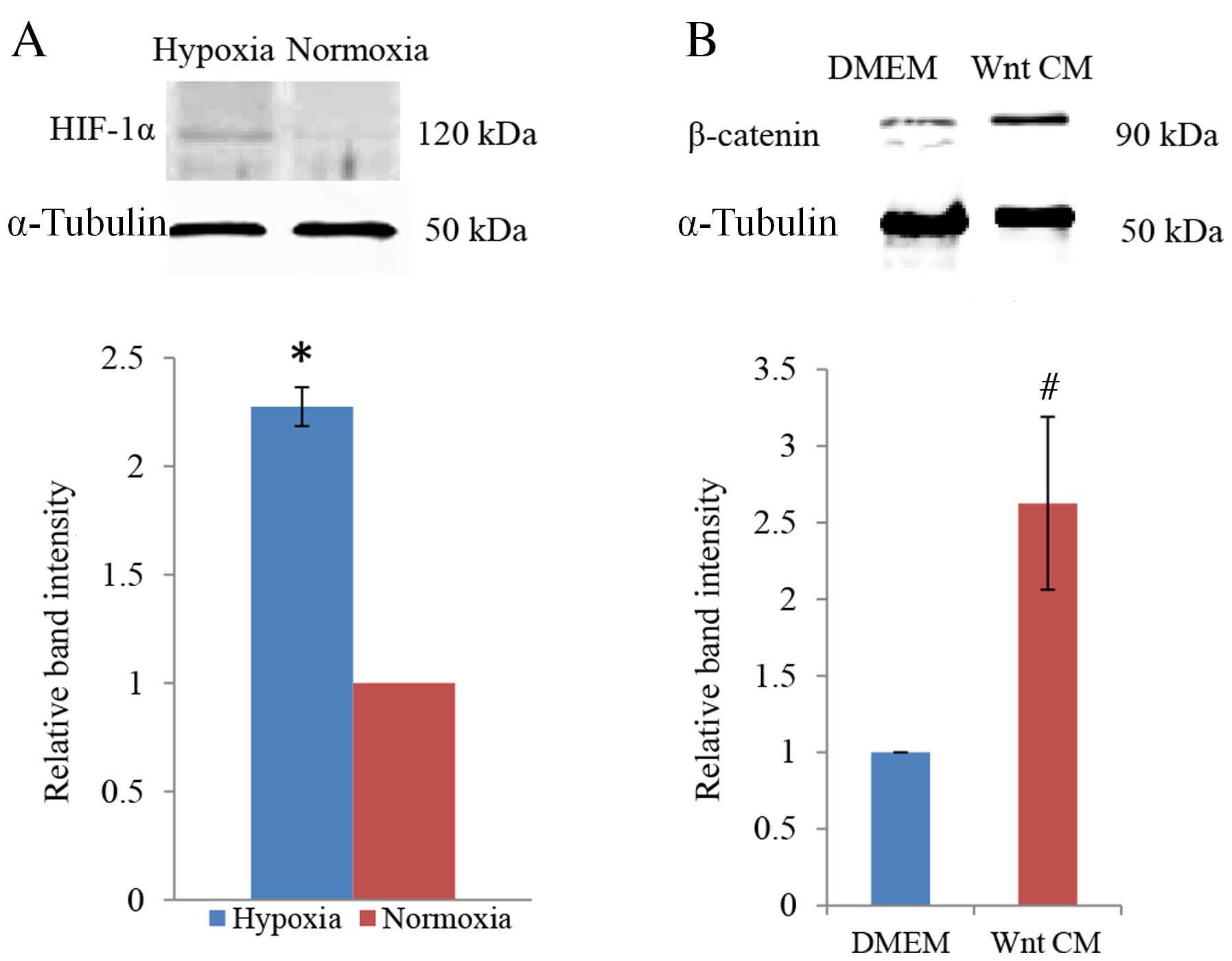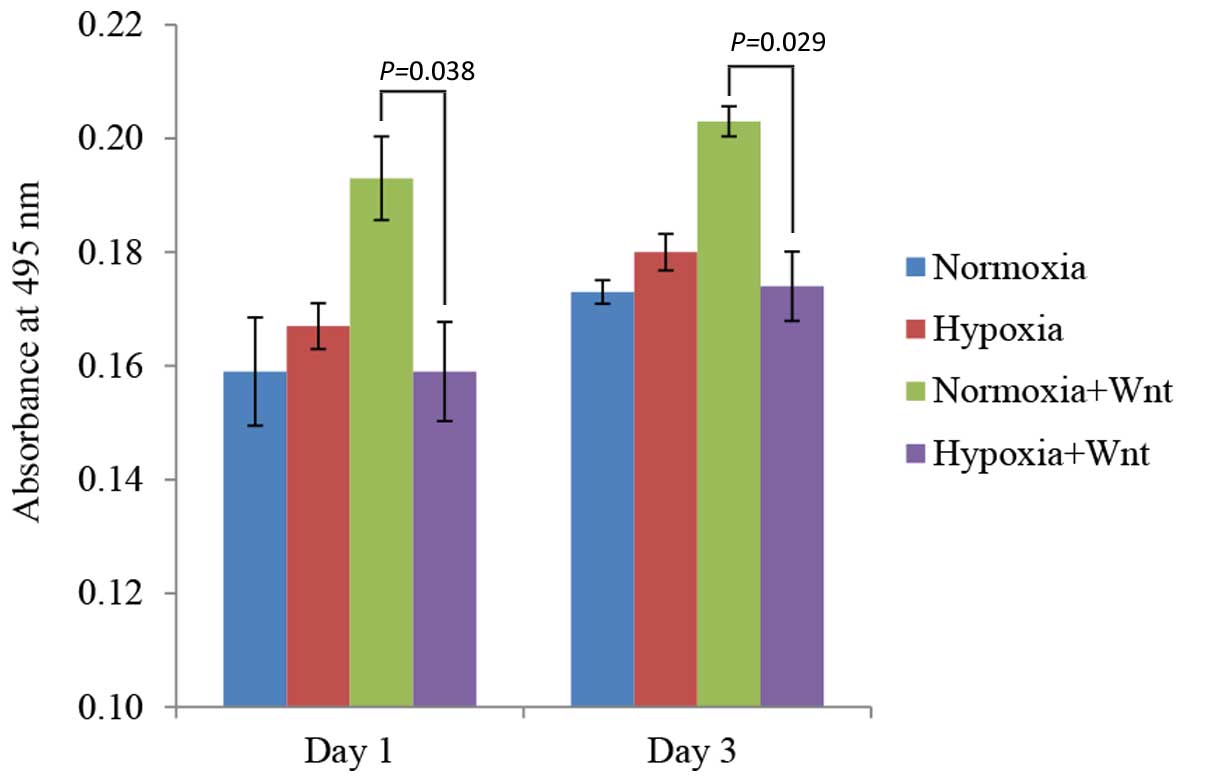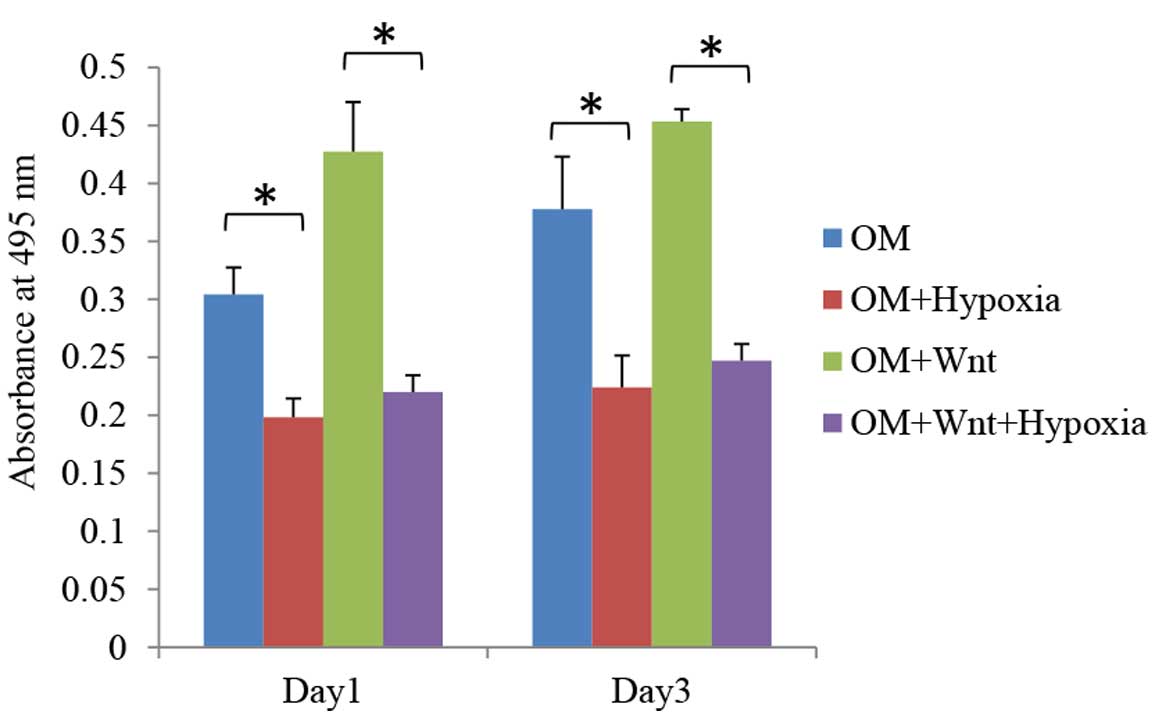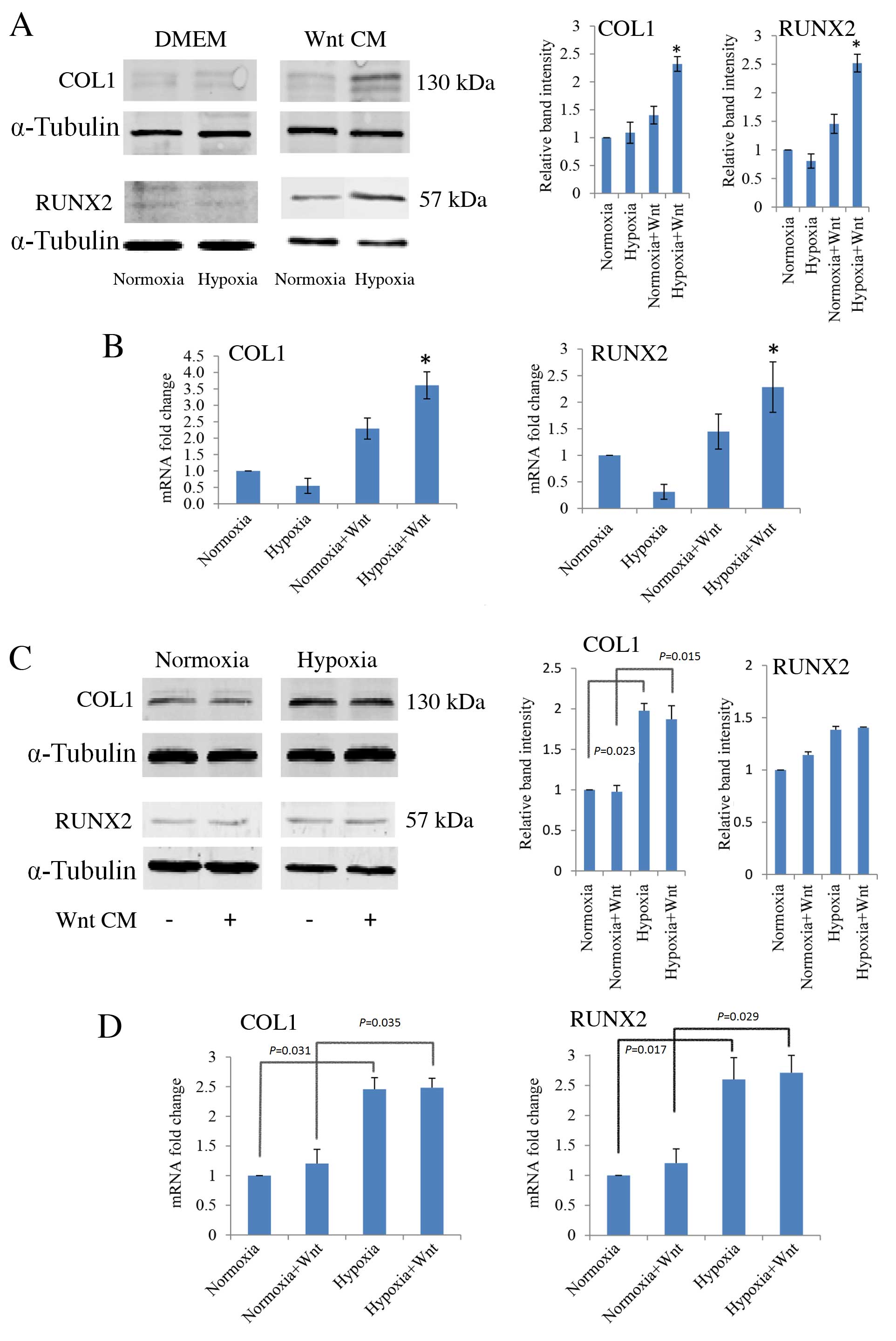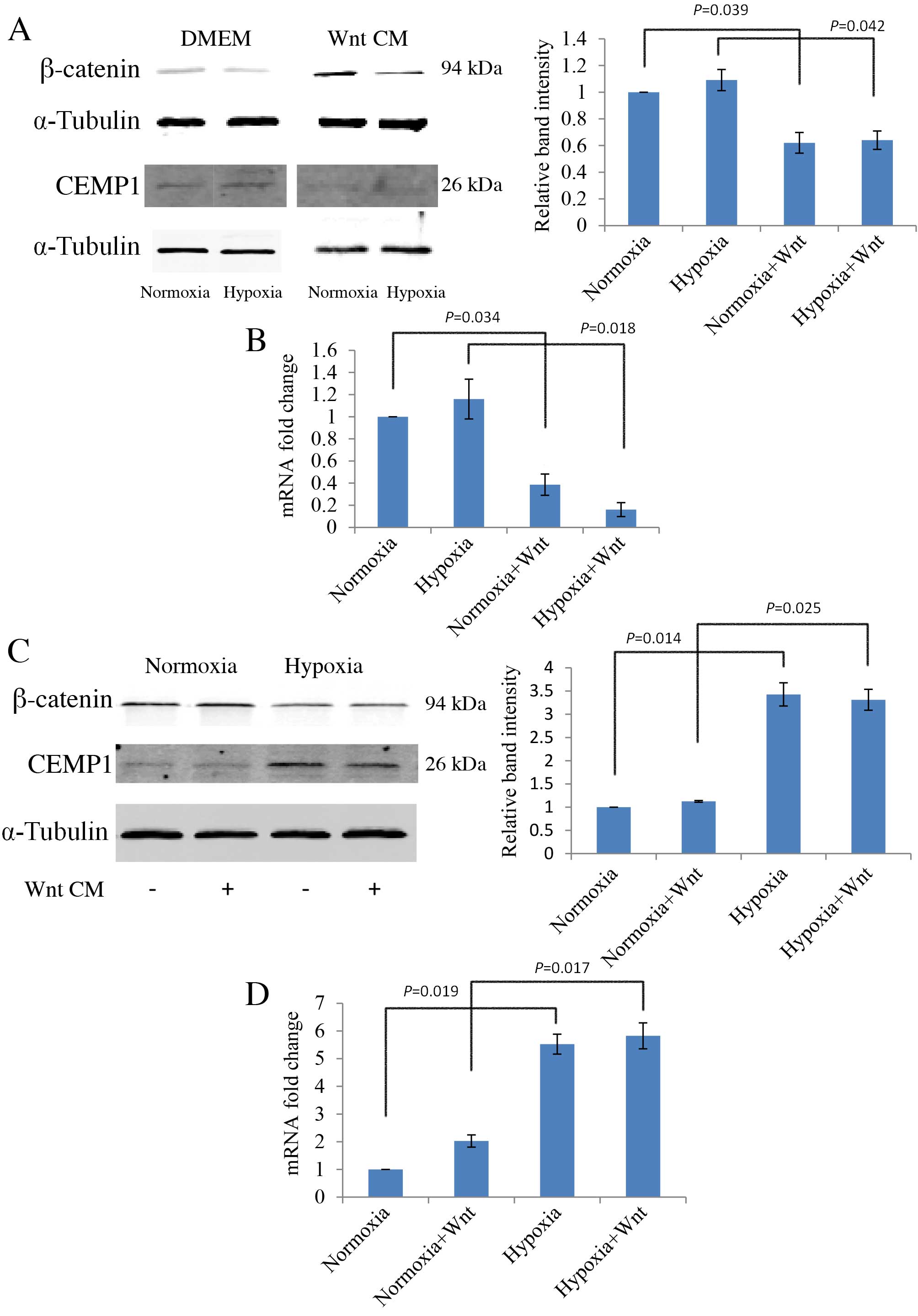|
1
|
Diekwisch TG: The developmental biology of
cementum. Int J Dev Biol. 45:695–706. 2001.PubMed/NCBI
|
|
2
|
Freeman E: Peridontium. Ten Cate A.R.:
Mosby-Year Book, Inc; St. Louis, MO, USA: 1994
|
|
3
|
Cool SM, Forwood MR, Campbell P and
Bennett MB: Comparisons between bone and cementum compositions and
the possible basis for their layered appearances. Bone. 30:386–392.
2002. View Article : Google Scholar : PubMed/NCBI
|
|
4
|
Dimitriou R, Jones E, McGonagle D and
Giannoudis PV: Bone regeneration: Current concepts and future
directions. BMC Med. 9:662011. View Article : Google Scholar : PubMed/NCBI
|
|
5
|
Hirata A, Sugahara T and Nakamura H:
Localization of runx2, osterix, and osteopontin in tooth root
formation in rat molars. J Histochem Cytochem. 57:397–403. 2009.
View Article : Google Scholar : PubMed/NCBI
|
|
6
|
Thomas HF: Root formation. Int J Dev Biol.
39:231–237. 1995.PubMed/NCBI
|
|
7
|
Huang X, Bringas P Jr, Slavkin HC and Chai
Y: Fate of HERS during tooth root development. Dev Biol. 334:22–30.
2009. View Article : Google Scholar : PubMed/NCBI
|
|
8
|
Cao Z, Zhang H, Zhou X, Han X, Ren Y, Gao
T, Xiao Y, de Crombrugghe B, Somerman MJ and Feng JQ: Genetic
evidence for the vital function of Osterix in cementogenesis. J
Bone Miner Res. 27:1080–1092. 2012. View Article : Google Scholar : PubMed/NCBI
|
|
9
|
Bosshardt DD: Are cementoblasts a
subpopulation of osteoblasts or a unique phenotype? J Dent Res.
84:390–406. 2005. View Article : Google Scholar : PubMed/NCBI
|
|
10
|
Westendorf JJ, Kahler RA and Schroeder TM:
Wnt signaling in osteoblasts and bone diseases. Gene. 341:19–39.
2004. View Article : Google Scholar : PubMed/NCBI
|
|
11
|
Krishnan V, Bryant HU and Macdougald OA:
Regulation of bone mass by Wnt signaling. J Clin Invest.
116:1202–1209. 2006. View
Article : Google Scholar : PubMed/NCBI
|
|
12
|
Li X, Liu P, Liu W, Maye P, Zhang J, Zhang
Y, Hurley M, Guo C, Boskey A, Sun L, et al: Dkk2 has a role in
terminal osteoblast differentiation and mineralized matrix
formation. Nat Genet. 37:945–952. 2005. View Article : Google Scholar : PubMed/NCBI
|
|
13
|
Rooker SM, Liu B and Helms JA: Role of Wnt
signaling in the biology of the periodontium. Dev Dyn. 239:140–147.
2010.PubMed/NCBI
|
|
14
|
Nemoto E, Koshikawa Y, Kanaya S, Tsuchiya
M, Tamura M, Somerman MJ and Shimauchi H: Wnt signaling inhibits
cementoblast differentiation and promotes proliferation. Bone.
44:805–812. 2009. View Article : Google Scholar : PubMed/NCBI
|
|
15
|
Han P, Wu C, Chang J and Xiao Y: The
cementogenic differentiation of periodontal ligament cells via the
activation of Wnt/β-catenin signalling pathway by Li+ ions released
from bioactive scaffolds. Biomaterials. 33:6370–6379. 2012.
View Article : Google Scholar : PubMed/NCBI
|
|
16
|
Grzesik WJ and Narayanan AS: Cementum and
periodontal wound healing and regeneration. Crit Rev Oral Biol Med.
13:474–484. 2002. View Article : Google Scholar : PubMed/NCBI
|
|
17
|
Ng KT, Li JP, Ng KM, Tipoe GL, Leung WK
and Fung ML: Expression of hypoxia-inducible factor-1α in human
periodontal tissue. J Periodontol. 82:136–141. 2011. View Article : Google Scholar : PubMed/NCBI
|
|
18
|
Semenza GL: HIF-1 and human disease: One
highly involved factor. Genes Dev. 14:1983–1991. 2000.PubMed/NCBI
|
|
19
|
Mazumdar J, O'Brien WT, Johnson RS,
LaManna JC, Chavez JC, Klein PS and Simon MC: O2 regulates stem
cells through Wnt/β-catenin signalling. Nat Cell Biol.
12:1007–1013. 2010. View
Article : Google Scholar : PubMed/NCBI
|
|
20
|
Grayson WL, Zhao F, Izadpanah R, Bunnell B
and Ma T: Effects of hypoxia on human mesenchymal stem cell
expansion and plasticity in 3D constructs. J Cell Physiol.
207:331–339. 2006. View Article : Google Scholar : PubMed/NCBI
|
|
21
|
Verras M, Papandreou I, Lim AL and Denko
NC: Tumor hypoxia blocks Wnt processing and secretion through the
induction of endoplasmic reticulum stress. Mol Cell Biol.
28:7212–7224. 2008. View Article : Google Scholar : PubMed/NCBI
|
|
22
|
Varela-Nallar L, Rojas-Abalos M, Abbott
AC, Moya EA, Iturriaga R and Inestrosa NC: Chronic hypoxia induces
the activation of the Wnt/β-catenin signaling pathway and
stimulates hippocampal neurogenesis in wild-type and APPswe-PS1ΔE9
transgenic mice in vivo. Front Cell Neurosci. 8:172014. View Article : Google Scholar : PubMed/NCBI
|
|
23
|
Zhou Y, Wu C and Xiao Y: The stimulation
of proliferation and differentiation of periodontal ligament cells
by the ionic products from Ca7Si2P2O16 bioceramics. Acta Biomater.
8:2307–2316. 2012. View Article : Google Scholar : PubMed/NCBI
|
|
24
|
Jaakkola P, Mole DR, Tian YM, Wilson MI,
Gielbert J, Gaskell SJ, von Kriegsheim A, Hebestreit HF, Mukherji
M, Schofield CJ, et al: Targeting of HIF-alpha to the von
Hippel-Lindau ubiquitylation complex by O2-regulated prolyl
hydroxylation. Science. 292:468–472. 2001. View Article : Google Scholar : PubMed/NCBI
|
|
25
|
Bookout AL and Mangelsdorf DJ:
Quantitative real-time PCR protocol for analysis of nuclear
receptor signaling pathways. Nucl Recept Signal. 1:e0122003.
View Article : Google Scholar : PubMed/NCBI
|
|
26
|
Bosshardt DD and Selvig KA: Dental
cementum: The dynamic tissue covering of the root. Periodontol
2000. 13:41–75. 1997. View Article : Google Scholar : PubMed/NCBI
|
|
27
|
Zhou Y, Fan W and Xiao Y: The effect of
hypoxia on the stemness and differentiation capacity of PDLC and
DPC. Biomed Res Int. 2014:8906752014. View Article : Google Scholar : PubMed/NCBI
|
|
28
|
Kaidi A, Williams AC and Paraskeva C:
Interaction between beta-catenin and HIF-1 promotes cellular
adaptation to hypoxia. Nat Cell Biol. 9:210–217. 2007. View Article : Google Scholar : PubMed/NCBI
|
|
29
|
Lim JH, Chun YS and Park JW:
Hypoxia-inducible factor-1alpha obstructs a Wnt signaling pathway
by inhibiting the hARD1-mediated activation of beta-catenin. Cancer
Res. 68:5177–5184. 2008. View Article : Google Scholar : PubMed/NCBI
|















